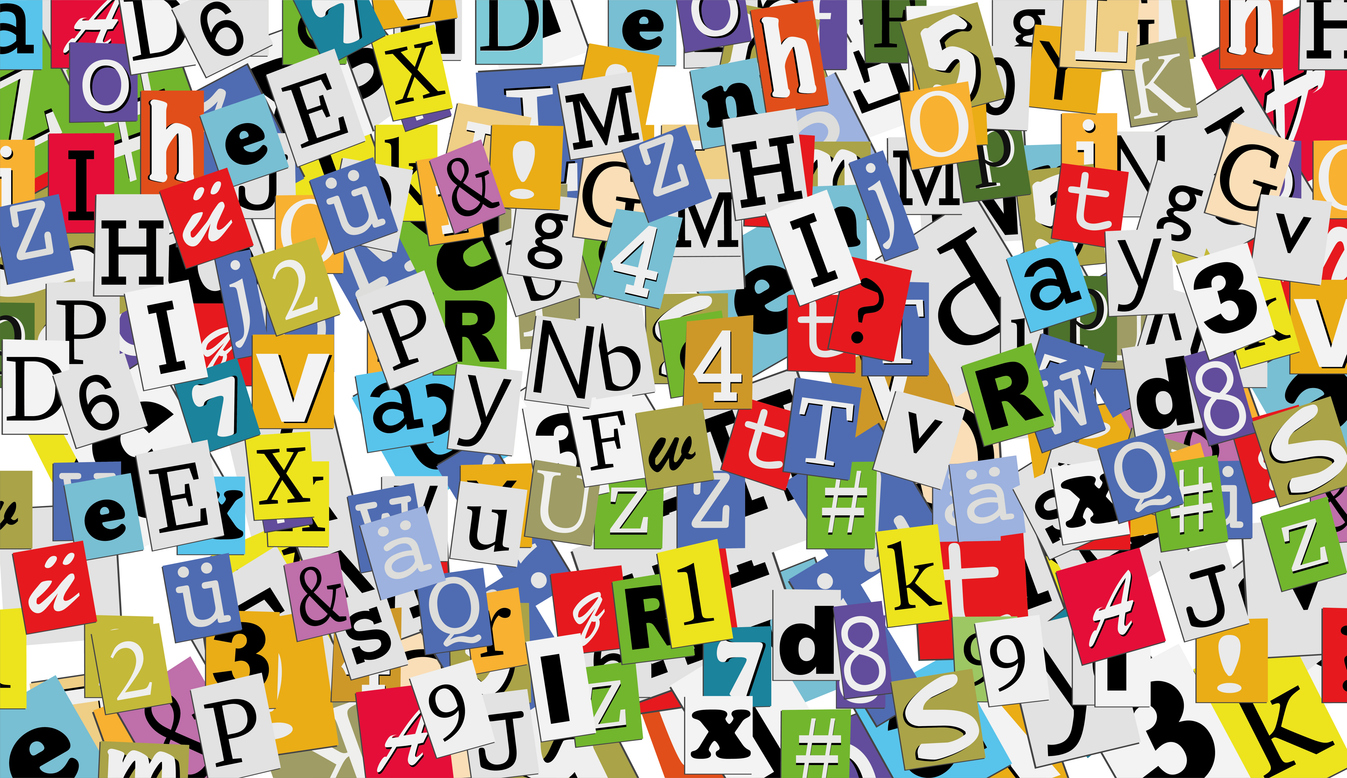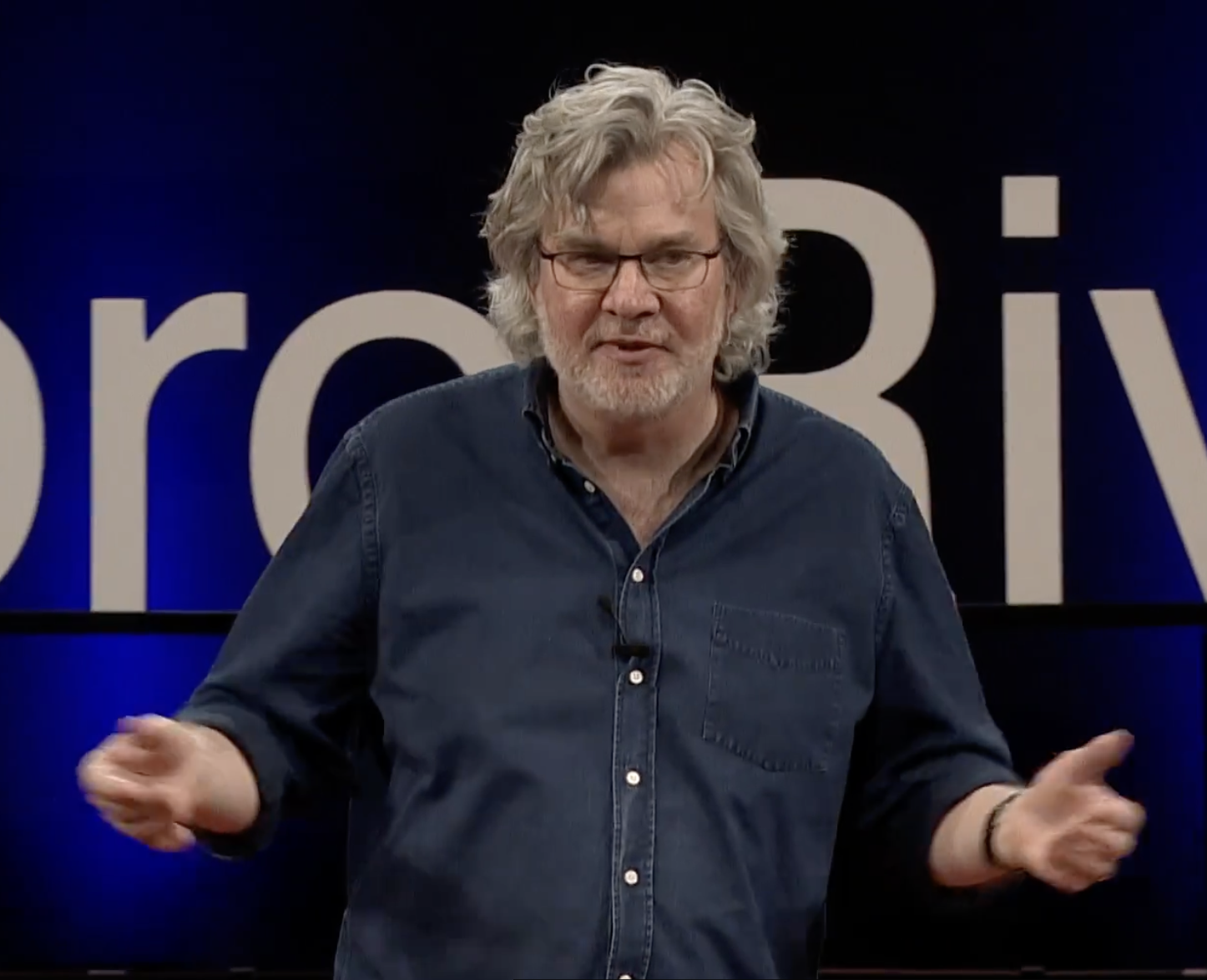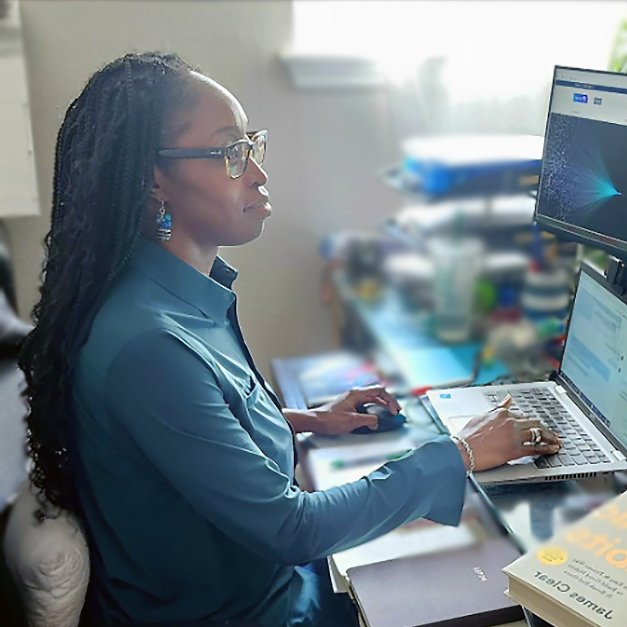Picture an editor’s screen: A manuscript’s revision history unfolds with both human and AI suggestions interwoven in the margins.
In another window, the same text is being tested against different audiences through a semantic analysis tool, revealing how key messages land across demographics. And in a third window, the editor visualizes how this piece will adapt across different channels, from long-form to social, with tools that help maintain voice and meaning at each varying length.
This scene would have been unimaginable a decade ago, but it’s now where editing is headed—fast. From a linear craft focused on improving texts to a multidimensional discipline that shapes how information flows through complex systems, the field is evolving into a hybrid of traditional craftsmanship and technological savviness.
Rather than simplify editing, however, the new tools are making it more sophisticated and dynamic, pushing editors to spend more time on complex decisions about context, audience needs, and strategic content goals. Editing now involves collaboration across platforms, interaction with AI, data analysis, and cultural interpretation. With technologies now handling the surface-level corrections, editors are becoming information strategists and shaping the flow of content as they collaborate closely with authors to preserve the intended voice and meaning.
AI in Editing
Artificial intelligence is now a significant force in editing, with tools like Grammarly, PerfectIt, ChatGPT, and specialized writing assistants increasingly embedded in editorial workflows.
These AI systems excel at processing-intensive tasks like identifying grammatical errors, suggesting sentence restructuring, and analyzing readability.
But while AI can identify patterns and apply rules, it continues to struggle with the contextual understanding that defines expert editing. An AI might flag a sentence as grammatically incorrect when it’s deliberately breaking convention for effect, or suggest changes that lessen the impact of a distinctive voice. These limitations clearly illuminate why human editors remain indispensable.
Seen from this perspective, recent debates about AI and automation are missing the point. For sure, these tools are transforming editing, but it’s not by replacing editors. Instead, they’re making editors more essential than ever—freeing them up to focus on the higher-level decisions that truly shape content. Significantly, AI doesn’t perform the fact-checking or nuanced judgment that editorial work demands; thus, the modern editor’s expertise now includes an important new capacity: discerning when AI enhances the text and when it diminishes an author’s voice.
The Rise of Collaborative Editing
Along with the breakdown of the old sequence of developmental, structural, line, and copyediting, modern editing has moved beyond the traditional back-and-forth with authors. With cloud-based editing platforms—like Google Docs, Adobe’s suite, and many enterprise-specific platforms—these different types of editing now happen simultaneously, often with multiple editors and automated systems working together with the author in real time. This demands new ways of collaborating and making decisions about content.
Increasingly, editors are acting like project managers as they coordinate contributions from multiple parties—whether marketing teams, legal departments, or subject matter experts. This new breadth of responsibility has turned triage into a critical editorial skill. Editors have to know when to direct serious attention to a piece and when automated tools or junior editors are the optimal way to proceed.
But while many of the traditional mechanics of publishing have transformed, the core work of developmental editing endures. Beyond fixing prose, developmental editors shape manuscripts and nurture authors, helping them navigate both contextual and structural complexities. This intensive collaboration—part mentor, part creative partner, part ethical guide—demands sophisticated editorial judgment. Far from diminishing this traditional editorial role, the stakes of modern publishing have only intensified its importance.
Tools Versus Judgment
Among the most profound shifts in modern editing is how content transforms as it moves across media and platforms. A book’s content might appear in print, as an e-book, through an audiobook, and across digital platforms—each version tailored to its medium while maintaining its core identity. The same goes for articles, blogs, and other written works, which might appear in print magazines, as web posts, newsletter content, social media excerpts, video scripts, or podcast material. This multiplication of forms demands new ways of preserving consistency and authority while allowing for necessary adaptations.
The growing complexity of publishing ecosystems has also led to traditional documents giving way to modular, dynamic content that responds to data and user behavior. Editors work with algorithms that suggest changes, analytics that show how content performs, and systems that automatically update content based on new data. More than just using new tools, however, editors also have to understand how they reshape information and influence the different digital and traditional environments.
But this returns us to the point made earlier: While analytics illuminate audience behavior, they don’t quite capture what makes content resonate. In this way, the editor’s role remains deeply human, even as it becomes more technical. It takes knowing when to trust data, and when to trust one’s sense for what moves people.
The changing face of editing demands continuous skill development as artificial intelligence and analytics platforms reshape traditional workflows. Yet the core challenge isn’t simply learning new software; it’s developing the judgment to blend quantitative insights with editorial instinct. Today’s editors must seek out ways to update their technical capabilities while integrating them with the deep understanding of language and narrative that drives the sort of meaningful content that brought them to the profession in the first place.
UChicago’s Editorial Legacy
The online certificate program in Editing at UChicago Professional offers a clear path to this editorial excellence, delivering a comprehensive program that can be completed part time in nine to thirty-six months. Through online synchronous sessions taught by industry experts—including editors from the University of Chicago Press—students develop crucial technical skills across all levels of editing while mastering current publishing technologies and market trends.
What sets this program apart in 2025 is its direct connection to The Chicago Manual of Style (CMOS), the definitive guide for American English writing and editorial practices since 1906. With the 18th edition of CMOSonly recently released (September 2024), students in UCPE’s program will be among the first to learn and apply its updated standards. The curriculum builds both foundational and specialized skills through varied coursework, creating a robust portfolio that demonstrates real-world expertise. Whether you’re looking to break into publishing or advance your existing editorial career, this program—backed by the authority of CMOS and bolstered by direct connections to the University of Chicago Press—provides the professional foundation needed to become an in-demand editor in today’s publishing landscape.





